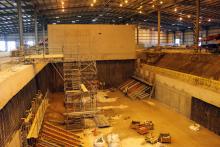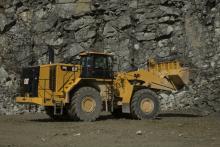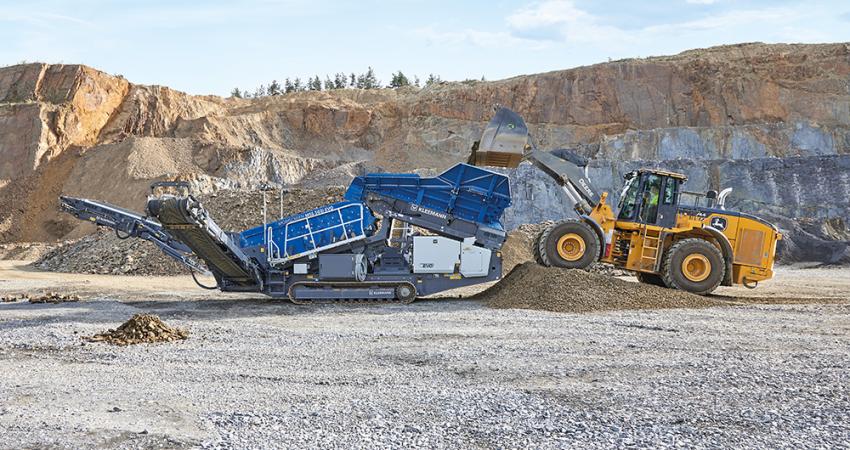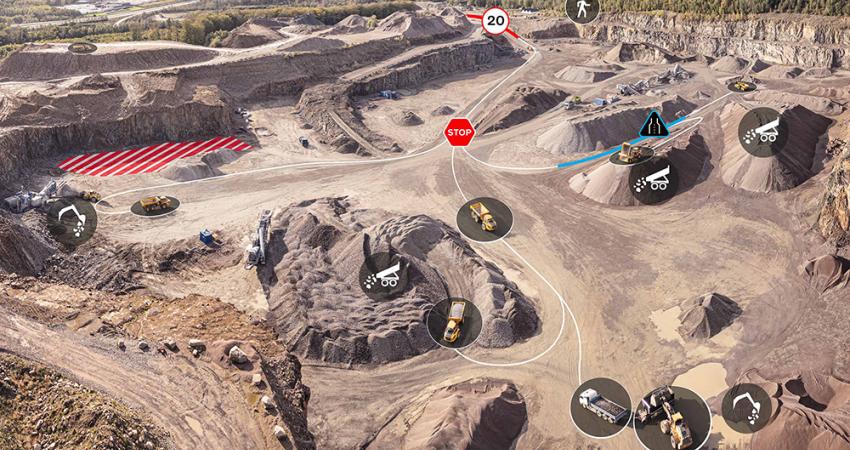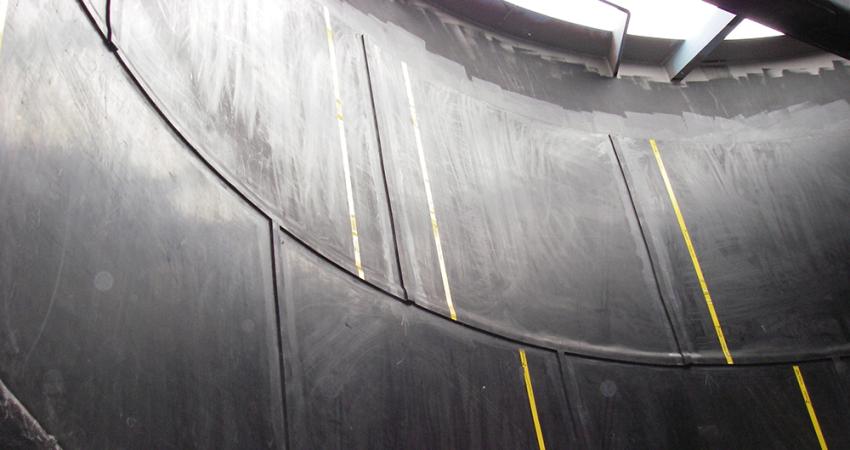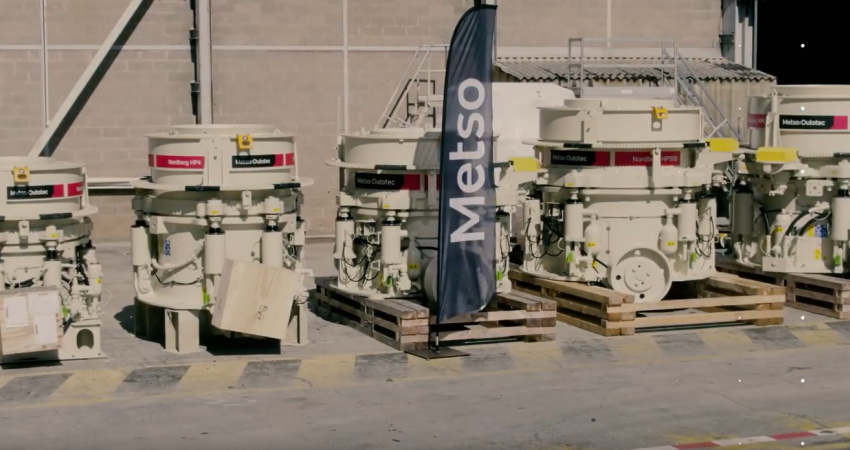Balancing the need for economic growth with sustainability remains one of the most pressing challenges facing the modern construction world - cue an abundance of green and renewable technologies. But what is less well-known, perhaps, are the advances in the environmental performance of concrete and the impact they will have on the green credentials of tomorrow’s buildings. Here, Donna Hunt, head of sustainability at Aggregate Industries, talks about the latest advancements in ‘green’ concrete and looks to the future.
All that we build today creates a legacy for the future. Those who design and build our houses, places of work, places of leisure and our infrastructure have a duty to source the products they use responsibly.
According to latest figures, energy from fossil fuels consumed in the construction and operation of buildings accounts for about half of the UK’s carbon dioxide emissions, with housing alone accounting for 29%.
To improve the carbon footprint of new buildings, producers and contractors alike are now increasingly being expected to preserve natural resources while continuing to produce quality products, and are therefore searching for construction methods, practices, and products that will enhance the sustainability of new buildings and infrastructure.
Concrete is the most widely used construction material in the world. Government plans to invest more than £500 billion in infrastructure, coupled with tighter best practice standards, have in recent years, driven the demand for and the advancement of ‘green’ concrete.
The production of cement results in high carbon dioxide emissions. ‘Green’ concrete contains less embodied carbon than conventional concrete. This can be achieved through the absorption of CO2 during the manufacture process, or through the replacement of some of the cement or aggregates with waste or residual materials such as ground granulated blastfurnace slag (GGBS) and pulverised fly ash (PFA), making it a more sustainable material choice.
More recently, Environmental Product Declarations (EPDs) compliant with EN15804 have been introduced to allow building designers, specifiers and contractors to assess the environmental characteristics of concrete. EN15804 sets out the rules for companies to report life cycle impacts of products.
With the higher uptake of green building rating systems such as BREEAM, developers and building specifiers are incorporating sustainable concrete into their building designs at the planning stage, Early consideration of the life cycle of building materials and their environmental impact is imperative.
With improving technology and better product design, suppliers of building materials like
For instance, Aggregate Industries recently partnered with BASF Construction Chemicals to create a suite of EPDs for its specialist ready-mixed concrete products: Agilia, Watertight and Diamondcrete.
The EPDs, published by the Institut Bauen und Umwelt (IBU), are based on life cycle assessment (LCA) calculations using BASF’s life cycle analyser tool, technology which allows Aggregate Industries to simultaneously analyse two concrete mix designs to give immediate comparisons of global warming potential (CO2 ) and 23 other sustainable parameters.
This cradle-to-gate approach looks at the environmental impact of single productions units and works well alongside our product carbon footprinting tool (PCF), developed by the Carbon Trust. The PCF tool uses mix design, transportation of raw materials and delivery to site to calculate the CO2 emissions of a concrete mix.
EPDs for the full life cycle of a structure or building are also available, based on information supplied by the client rather than generic data.
As the world’s first construction materials company to achieve the BRE standard BES 6001 - the standard for the responsible sourcing of construction products - Aggregate Industries is leading the way in helping clients to make sustainable design and purchasing decisions by providing third party verified product-specific EPDs.
The development of the BASF life cycle analyser tool means the company can vary concrete mix designs and simultaneously compare the impacts of using different constituent materials on both the environment and costs.
Looking ahead, industry body The Concrete Centre has set ambitious targets to slash concrete CO2 emissions by 30% by 2020 from the 1990 baseline equivalent to a value of 72.2 kg CO2 /tonne of concrete produced.
With manufacturers on track to meet those targets, the market for ‘green’ concrete will no doubt gain momentum in the coming years as environmental sustainability, durability and protection continue to top the agendas of construction professionals.

